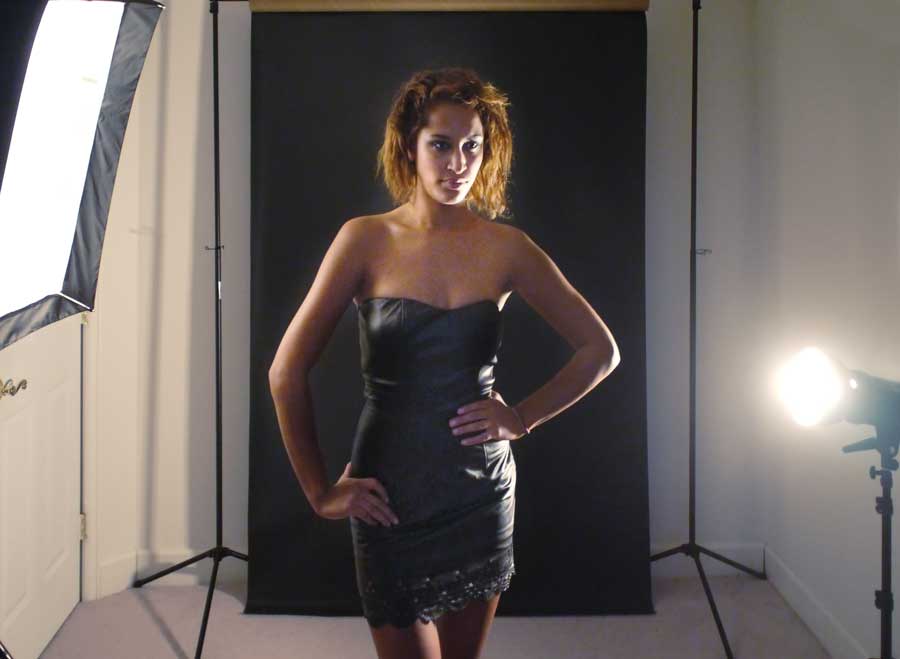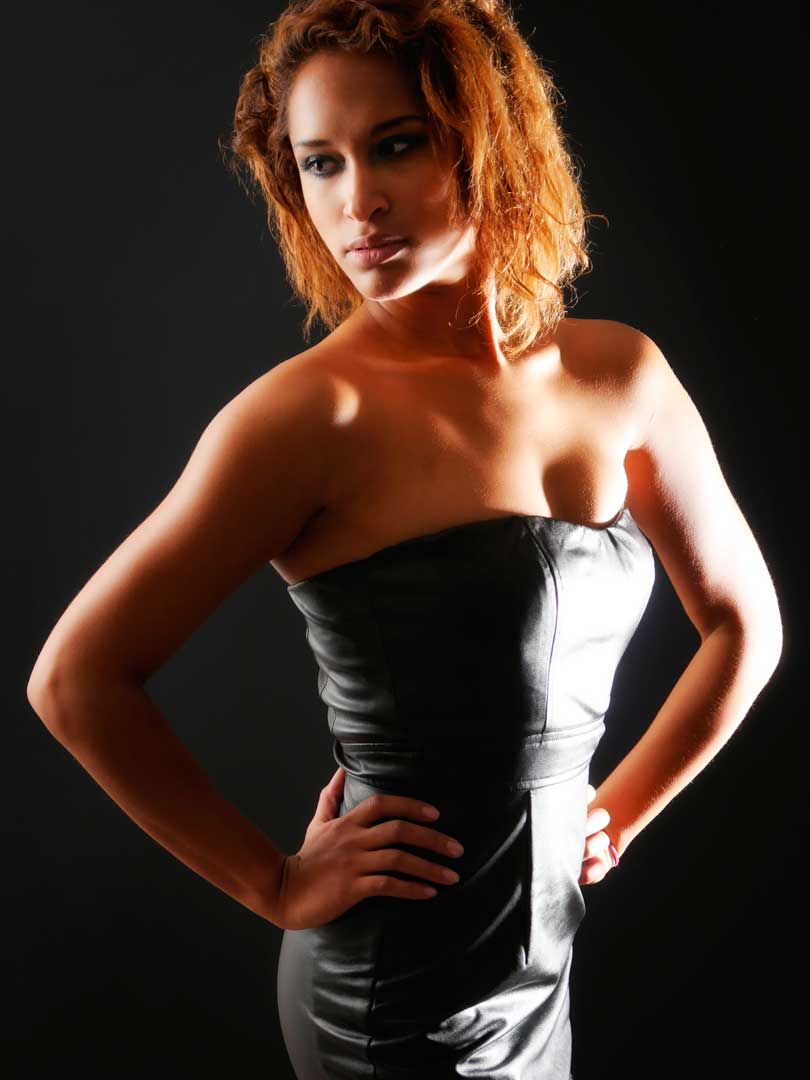It’s Studio Week on the blog and each day I’ll be offering some tips, trick, and techniques for making your next shoot easier and maybe even fun while creating great portraits at the same time…
Today’s Post by Joe Farace
 “Light,” as a wise photographer once advised me, “is light.”
“Light,” as a wise photographer once advised me, “is light.”
The most important characteristics of any studio lighting system are the quality and the quantity of it’s output. The kind of lighting hardware you use will have an impact on both of these aspects but the quality of the light can further be affected by using light modifiers, like softboxes.
A monolight or monobloc to our European friends is a self-contained studio flash, typically but not always, powered by an AC source allowing fitting of light modification attachments, such as reflectors, lightbanks, or umbrellas. It consists of a power source and a head all within a single, compact housing. That’s why I’ve always been a fan of monolights. If during a shoot the power supply fails in a power pack and head system, you have no lights. If you have two or three monolights and one fails you still have the others available.
 Monolights typically have variable output settings allowing to you change their output from full down to 1/32’nd power. Most monolights also feature a modeling light that allows you to preview what the flash will look like on your subject and whose intensity can be varied to match the output as in more power equals more light and vice versa. For more on monolights take a look at my post The Monolight Advantage for Portraiture.
Monolights typically have variable output settings allowing to you change their output from full down to 1/32’nd power. Most monolights also feature a modeling light that allows you to preview what the flash will look like on your subject and whose intensity can be varied to match the output as in more power equals more light and vice versa. For more on monolights take a look at my post The Monolight Advantage for Portraiture.
How I Made this Shot: For this low-key setup for a portrait of Amanda Fairbanks, I placed a Godox QT600 monolight with a Westcott 16 x 30-inch Apollo Strip light at camera left. A Godox DS200 monolight with standard reflector is at camera right and placed slightly behind the subject. I initially thought I would need a snoot (which I didn’t have) on this light but the standard reflector worked fine.
Amanda was photographed against black Savage Infinity vinyl backdrop hung from my still falling apart JTL background stand. It was made with a Panasonic Lumix GH4 and a Lumix G Vario 14-45mm f/3.5-5.6 (at 42mm, and 87mm equivalent according to the EXIF data) with an exposure of 1/125 sec at f/7.1 and ISO 200.
The lighting equipment for this portrait were used in a review that I wrote for Shutterbug magazine. The studio lights that I actually use for my day-to-day glamour and model portraits are two Paul C. Buff DigiBee DB800 monolights and an Alien Bee B800 monolight. They are simple to use, powerful enough and more importantly affordable, especially considering their power output. The “Bees” are inexpensive, simple to use, and work for me, all the time keeping in mind that “light is light.”

If you enjoyed today’s blog post and would like to treat me to a cup of Earl Grey tea ($2.50), please click here. And if you do, thanks so much.
If you’re interested in learning how I shoot portraits and how I use cameras, lenses and lighting in my in-home studio and on location, please pick up a copy of my book Studio Lighting Anywhere that’s available new from Amazon.com for $6.76 or used copies starting at $2.70 used, as I write this, which seems like a heckuva deal. The Kindle version is $6.42, if you prefer a digital format format.